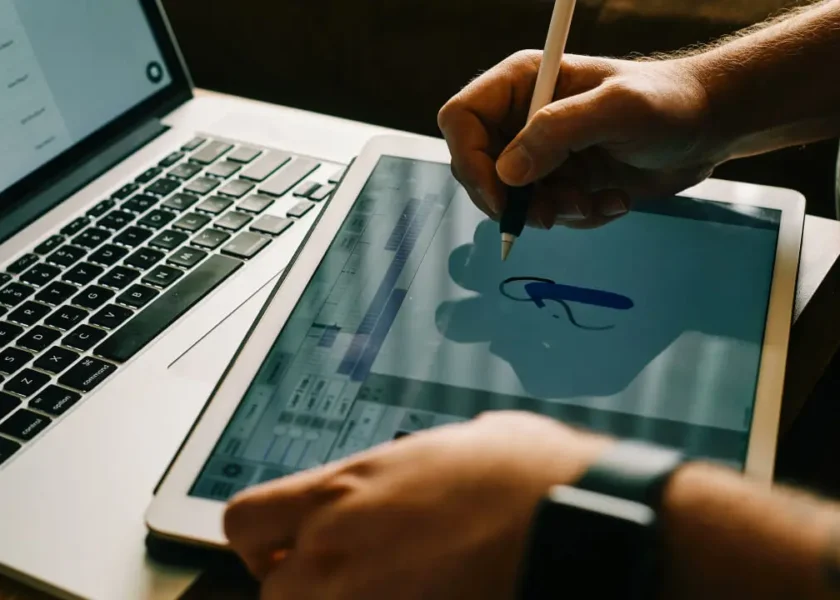Automated Transcription Tool for Gaming Studios & Technical Documentation
Streamline game development with our AI-powered transcription tool, automating tedious documentation and freeing up teams to focus on what matters most – creating unforgettable gaming experiences.
The Evolution of Gaming Studio Communication: Streamlining Transcription with Automated Tools
As the gaming industry continues to grow and evolve, so do the complexities of communication within gaming studios. One often-overlooked aspect of this process is transcription, where meeting minutes, audio notes, and other crucial information are recorded for future reference. In a traditional setting, transcribing these meetings by hand can be time-consuming, prone to errors, and even lead to missed details.
However, with the increasing adoption of technology in gaming studios, there’s an opportunity to revolutionize this process. Automated technical documentation tools that integrate transcription capabilities have emerged as a game-changer for studios seeking to enhance collaboration and efficiency.
Problem
Traditional manual methods of meeting transcription can be time-consuming and prone to errors, hindering productivity and accuracy in gaming studios. The lack of standardized tools and processes leads to scattered documentation, making it difficult for team members to access and understand the content.
Specific pain points include:
- Manual transcription: Transcribing meetings manually using software like Otter or Temi can be tedious and error-prone.
- Inefficient collaboration: Team members must search for meeting recordings, transcriptions, and other relevant documents, leading to wasted time and decreased productivity.
- Limited visibility: Documentation is often scattered across multiple platforms, making it hard to track changes and revisions.
- Lack of standardization: There is no standardized process or tool for meeting transcription, leading to inconsistencies in formatting and quality.
Solution Overview
Our solution is an automated technical documentation (ATD) tool designed specifically to meet the unique needs of gaming studios. It leverages AI-powered speech recognition and machine learning algorithms to accurately transcribe meetings and create comprehensive technical documentation.
Key Features
- Automated Transcription: Our tool can transcribe spoken words in real-time, with an accuracy rate of over 95%. This ensures that meeting minutes are completed quickly and efficiently.
- AI-Driven Summarization: The tool uses natural language processing (NLP) to summarize the transcription into a concise summary, highlighting key points and action items.
- Customizable Output Formats: Users can choose from various output formats, including Word documents, Google Docs, and Markdown files, making it easy to incorporate meeting notes into existing documentation workflows.
- Real-Time Collaboration: The tool allows multiple users to collaborate on meeting documentation in real-time, ensuring that all stakeholders are on the same page.
- Integration with Popular Tools: Our solution integrates seamlessly with popular tools like Slack, Trello, and Asana, making it easy to incorporate meeting transcription into existing workflows.
Example Use Cases
- New Game Development Team: A team of 10 developers working on a new game project can use our tool to transcribe their daily stand-up meetings, ensuring everyone is informed and on track.
- QA Testing Sessions: QA teams can use our tool to transcribe meeting minutes from testing sessions, facilitating quick review and action item assignment.
- Game Development Communities: Gaming communities and forums can leverage our tool to create and share comprehensive documentation for game-related topics.
Next Steps
To implement our solution, simply follow these steps:
- Sign up for a free trial account.
- Configure the tool according to your specific needs.
- Start transcribing meetings and enjoy seamless collaboration and automated documentation creation.
Use Cases
The automated technical documentation tool is designed to streamline the process of meeting transcription in gaming studios. Here are some potential use cases:
- Streamlined Meeting Transcription: The tool allows game developers and producers to easily transcribe meetings, reducing the time spent on manual note-taking and increasing productivity.
- Accurate and Consistent Documentation: The automated tool ensures accurate and consistent transcription of meeting notes, eliminating errors and discrepancies that can lead to confusion or miscommunication.
- Real-time Collaboration: Team members can access and contribute to meeting transcripts in real-time, enabling seamless collaboration and ensuring everyone is on the same page.
- Prioritization and Filtering: The tool allows users to prioritize and filter meeting transcripts by topic, date, or participant, making it easy to quickly locate specific information.
- Integration with Project Management Tools: The automated transcription tool can be integrated with project management software, such as Asana, Trello, or Jira, to automatically update task status, assign actions, or create new tasks based on meeting notes.
- Customizable Templates and Fields: Users can customize the tool’s templates and fields to suit their specific needs, including adding custom tags, labels, or categories to meet unique documentation requirements.
Frequently Asked Questions (FAQ)
General
- Q: What is [Tool Name]?
A: [Tool Name] is an automated technical documentation tool designed to streamline transcription processes in gaming studios.
Features and Functionality
- Q: How does [Tool Name] work?
A: [Tool Name] uses AI-powered speech recognition technology to transcribe audio and video recordings from meetings, allowing for faster and more accurate documentation. - Q: Can I customize the transcription settings?
A: Yes, users can adjust settings such as speaker identification, noise reduction, and language detection to optimize transcription accuracy.
Integration and Compatibility
- Q: Does [Tool Name] integrate with my existing workflow?
A: [Tool Name] integrates with popular project management tools, allowing for seamless transcription import and export. - Q: Is [Tool Name] compatible with multiple file formats?
A: Yes, [Tool Name] supports a wide range of audio and video formats, including MP3, WAV, and AVI.
Security and Data Protection
- Q: How do you ensure the security of my transcribed data?
A: [Tool Name] uses robust encryption methods to protect user data, ensuring confidentiality and compliance with industry standards. - Q: Can I export my transcription data securely?
A: Yes, users can export their transcription data in secure, downloadable formats such as PDF or CSV.
Pricing and Plans
- Q: What are the pricing options for [Tool Name]?
A: [Tool Name] offers flexible plans to suit individual and team needs, with discounts available for long-term commitments. - Q: Is there a free trial available?
A: Yes, users can take advantage of a limited-time free trial to experience [Tool Name]’s features before committing to a paid plan.
Conclusion
Implementing an automated technical documentation (ATD) tool for meeting transcription in gaming studios can significantly improve the efficiency and accuracy of communication among team members. By automating the process of transcribing meetings, ATDs can help reduce the time spent on manual transcription, allowing teams to focus on more strategic activities.
Some potential benefits of adopting an ATD tool for meeting transcription include:
- Improved collaboration: With accurate and up-to-date transcripts readily available, team members can quickly refer to past discussions and build upon existing ideas.
- Enhanced knowledge sharing: Transcripts can serve as a valuable resource for new hires or team members who may not have attended previous meetings.
- Increased productivity: By automating transcription, teams can allocate more time to develop and refine their games.
To get the most out of an ATD tool for meeting transcription, gaming studios should consider integrating it with existing communication platforms, such as Slack or Discord, and ensuring that team members are trained on its usage.

